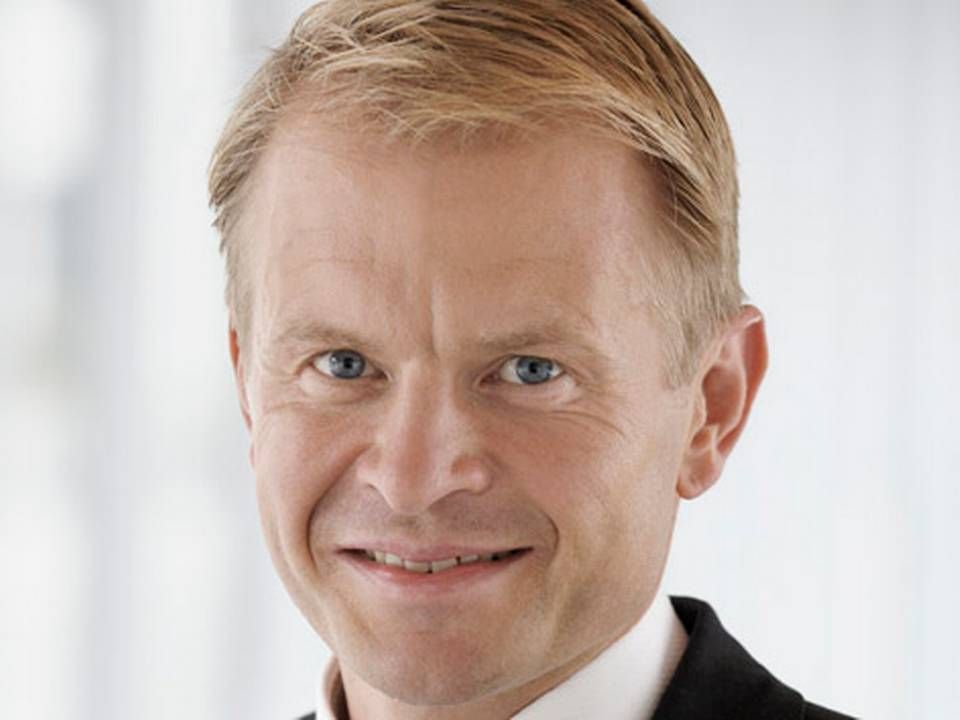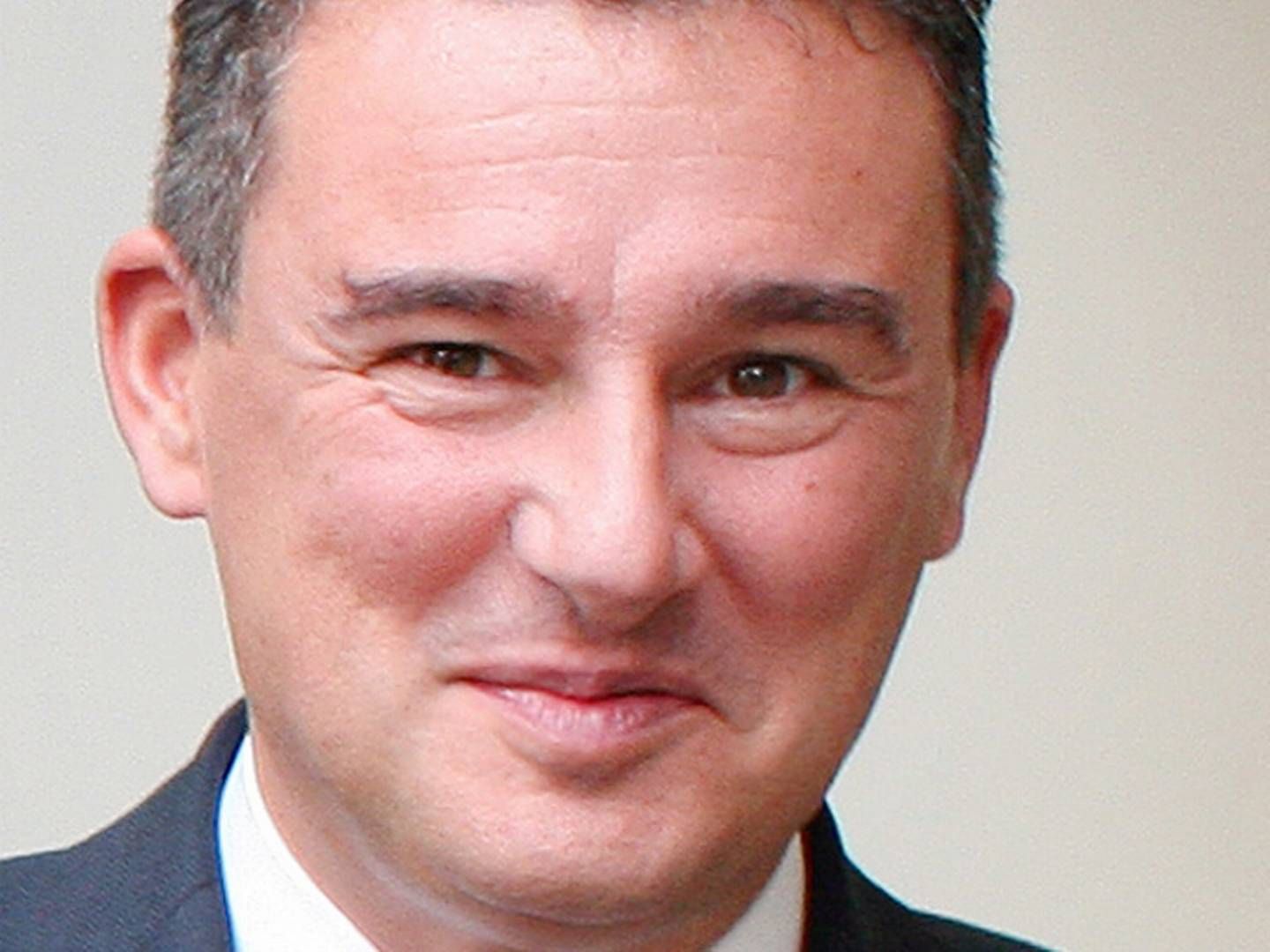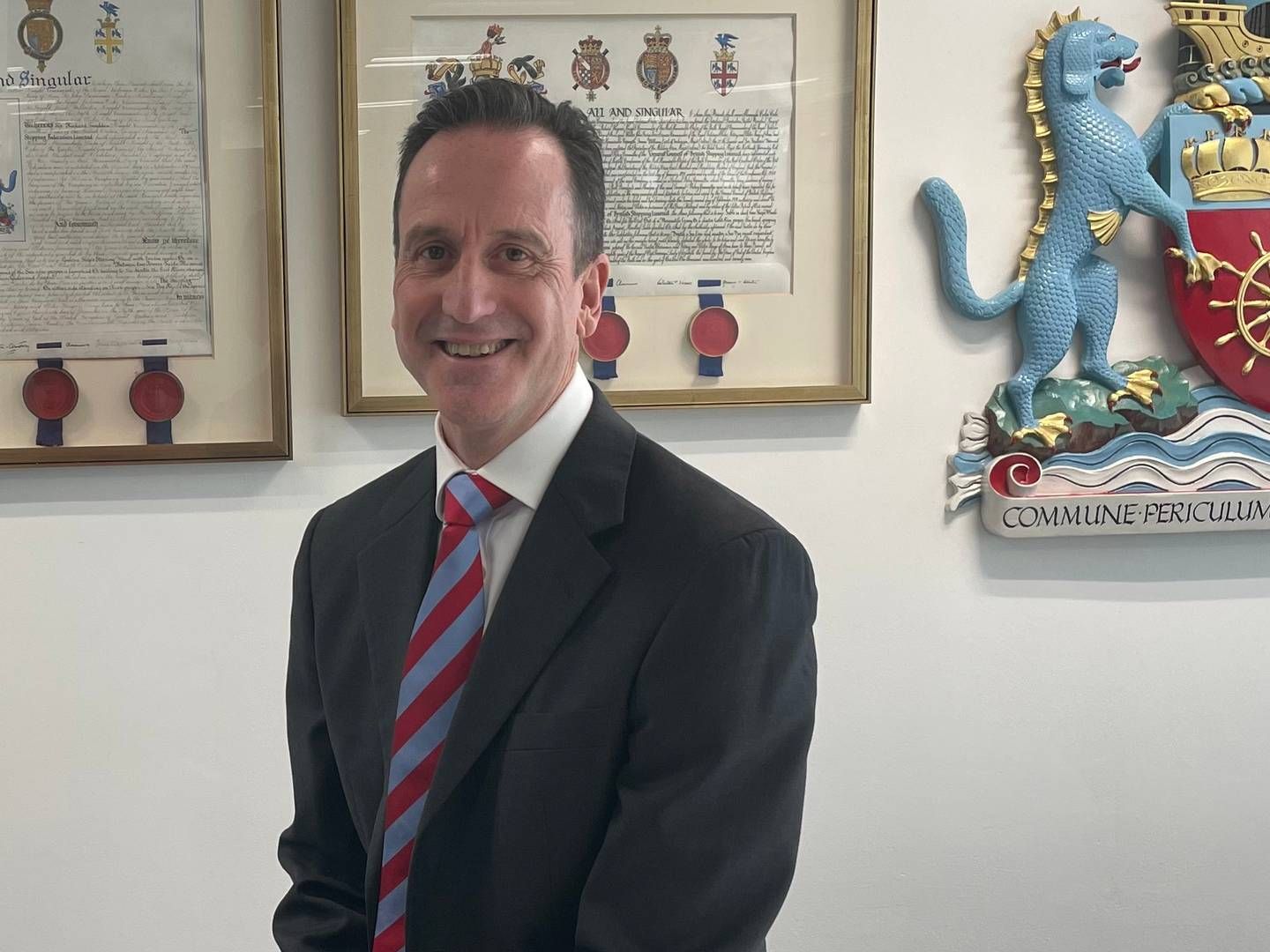New Maersk boss: Big data is the next revolution
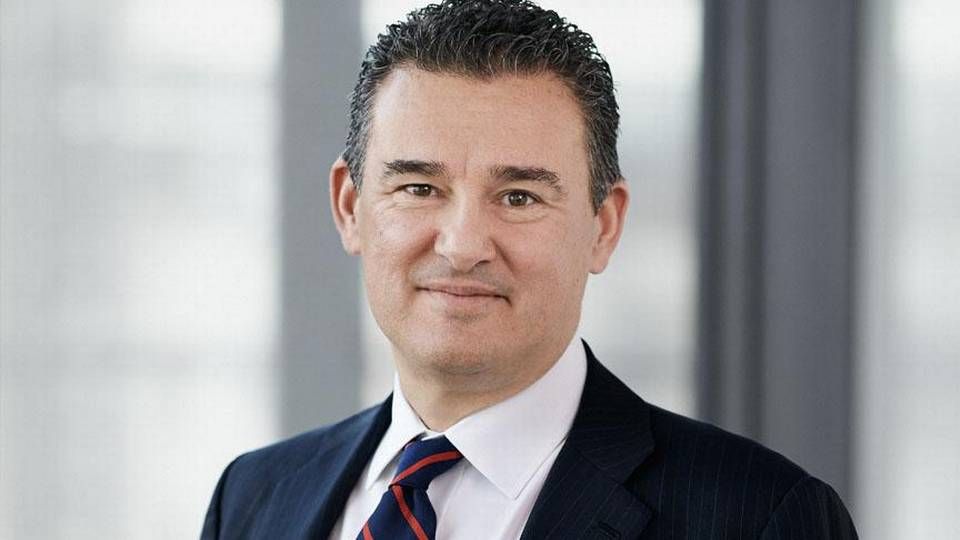
We are facing a third revolution in the industry, said Paolo Tonon when ShippingWatch met with him in Copenhagen to talk about the next big technological advancement for shipping.
In the fall, Tonon was appointed as the new head of Maersk Maritime Technology after 15 years at the Finnish Wärtsilä. He replaced Bo Cerup-Simonsen and over the last five months, he has worked his way into the new position as head of Maersk Group's own unit for development of ship design and new technologies, which will help ensure the most optimal development of the fleets at the different carrier units such as Maersk Line, Maersk Tankers and Svitzer.
His predecessor, Bo Cerup-Simonsen was one of the driving forces behind the energy efficient Triple-E vessels, which other container carriers are highly inspired by lately and if Paolo Tonon is to point to what will be the next big revolution in the industry, he points to big data, where huge amounts of data are collected and analyzed.
Mr. Triple-E leaves Maersk Maritime Technology
Paolo Tonon mentions the Triple-E vessels as an example. Every day Maersk downloads two gigabytes of data from each ship, which is equipped with about 2,000 sensors and 450 kilometers of cables. For the whole Maersk fleet of about 400 owned and chartered ships, the amount of data counts 30 terabytes a month. Just two years ago, gigabytes were considered huge amounts of data, so this is definitely a question of large amounts.
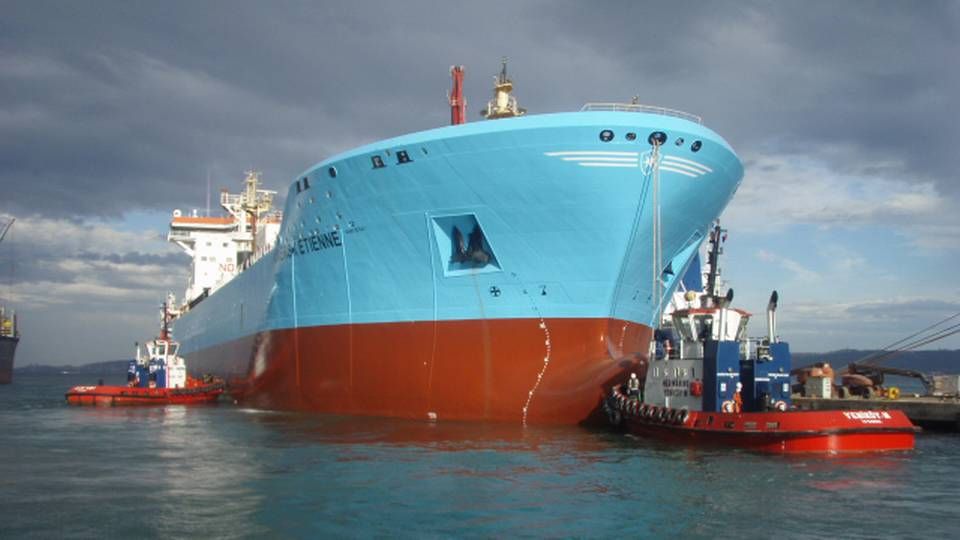
"What do we do with all that data? This is the next big thing for the next coming months and years. At Maersk Line, they have had success developing technical strategies alongside MMT regarding how to minimize operational expenses, and this is also thanks to data. You learn more about how the equipment functions on board the ships, and how to simply optimize the way in which you work with the equipment and lessen operational costs," says Paolo Tonon and continues:
"This is just a scratch on the surface compared to what possibilities big data will give us. How to cross data and obtain a new understanding and predict the vessel's functionality as well as avoid poor handling of systems. This is a big opportunity and with Maersk's large fleet, we are in a good position in relation to developing knowledge on how big data in shipping can support future technology development."
Retrofit of the fleet
Paolo Tonon has no estimates on how much Maersk Line for example, can save on utilizing the huge amounts of data even more. But MMT has a large team, which every day analyzes the collected data from the ships in the hopes of creating new business models for the different units at the conglomerate. And every day, new knowledge contributes to the development of technical alterations on the ships.
"Over the last few months and years, we have implemented a number of technical operational changes on our ships, which have enabled the fleet to be more profitable from an operational point of view. This is a continuous process. Do we expect a big change? We hope so. The important thing is, how we really exploit the 30 terabytes in the best possible way and what new things we can learn," says Paolo Tonon.
Morten Engelstoft, CEO of Maersk Tankers, recently said that the tanker carrier must be even better at using big data in particular for understanding all of the consequences of the company's decisions. For example this could be in the purchasing and divesting of vessels and their placement at Maersk Tankers.
At the capital market day at Maersk in August last year, the CEO of Maersk Line, Søren Skou announced that the carrier was going to implement an investment program of in all USD 15 billion over the next five years, which will be used on new vessels among other things as well as retrofitting ships in the current fleet and buying new containers. This is where MMT plays an important role, especially when it comes to the purchasing of new ships and retrofits of the older vessels," says Paolo Tonon.
"MMT helps in energy efficient solutions. We usually change the bulbous bow on the ship, we change the propeller, we fine-tune the engines for different operational profiles. This can increase the vessel's efficiency by 7-8%," he says referring to one example in Maersk Tankers' fleet and emphasizes that these examples play an important role in the carriers' economy.
In addition, MMT works with lifting bridges on Maersk Line's ships so there is more room for a larger number of containers on board.
"We are looking into updating the vessels with the latest technology for handling cargo, and here you could easily increase capacity by 10 percent. This helps the ship's economy in a very rough commercial environment. There is a constant battle with competitors for who is the best equipped."
Sulfur requirements
Another significant development in the industry, are the new sulfur requirements with took effect in North Europe and North America on the first of January this year. Maersk has for a long time pointed out, how important it is to ensure the enforcement of the new requirements, since there are big sums to save, if a shipowner chooses not to comply. Here, Maersk Maritime Technology works on enabling the ships to operate within the limits of 0.1 percent sulfur emissions:
"We work hard on optimization of hulls, with propellers and we work on the ships' ability to burn the right type of fuel without overstepping efficiency. We do this in collaboration with the equipment supplier and we push them in the most relevant direction for Maersk to get exactly the kind of equipment we want on board our vessels," explains Paolo Tonon.
Trident Alliance: Still a long way to go in terms of sulfur
The main challenge will be the global requirements of 0.5 percent sulfur emissions, which will take effect in 2020 or 2025, and which the industry is currently discussing in the realm of the IMO. In this case, LNG as fuel could be an option, but so far no decisions have been made at Maersk in this direction, says Tonon:
"We are definitely looking into LNG and other types of fuel. There are a number of elements in the equation which need to be settled, for example the accessibility of fuel and the prices of fuel. They are to be combined with the routes for our ships. The development of infrastructure and the development of fuel prices will also lead to the decision for the future. It is too soon to comment on right now," he says.
This is Maersk's next wave of retrofits
Maersk has found Mr. Triple-E's successor
Related articles
This is Maersk's next wave of retrofits
For subscribers
Maersk has found Mr. Triple-E's successor
For subscribers

